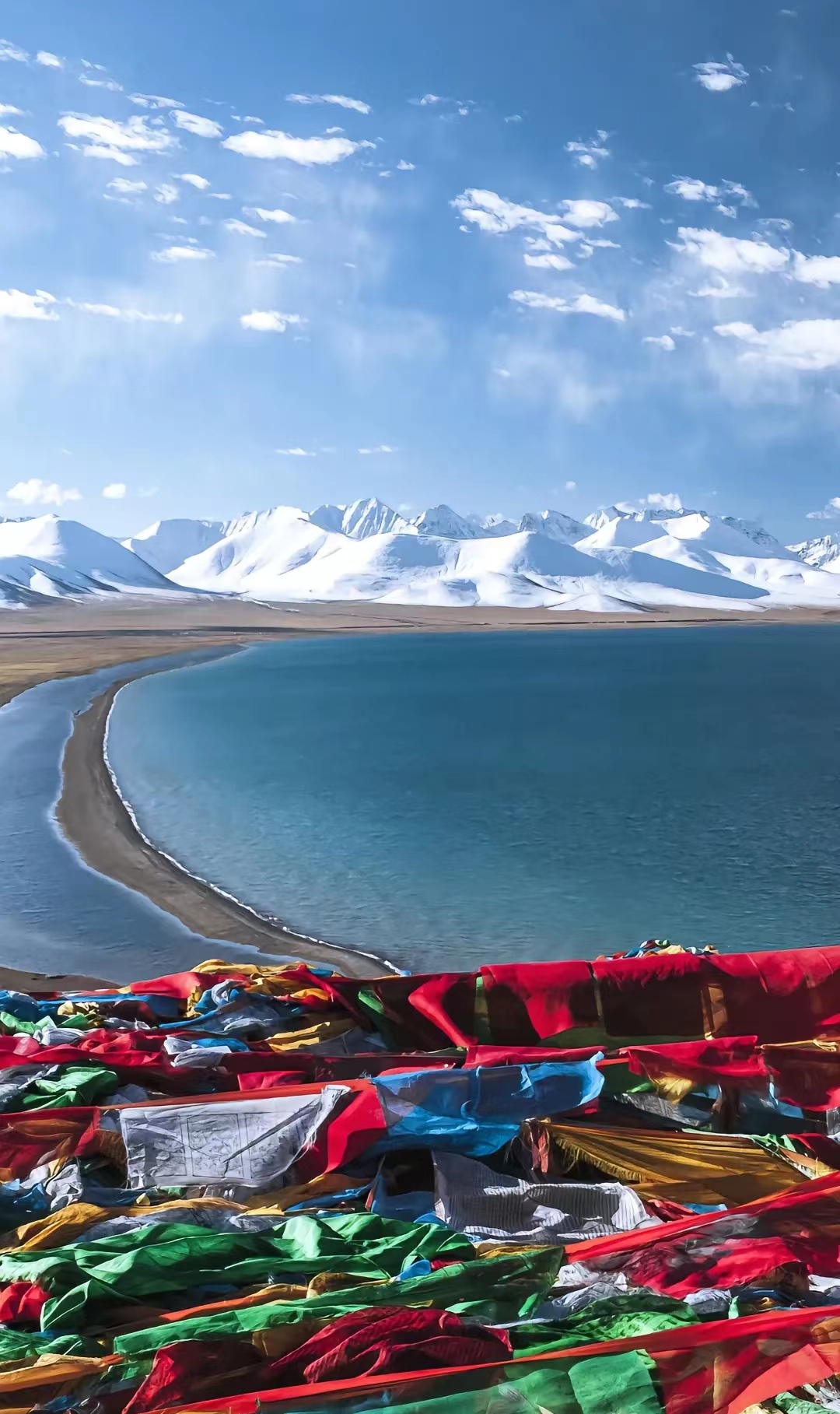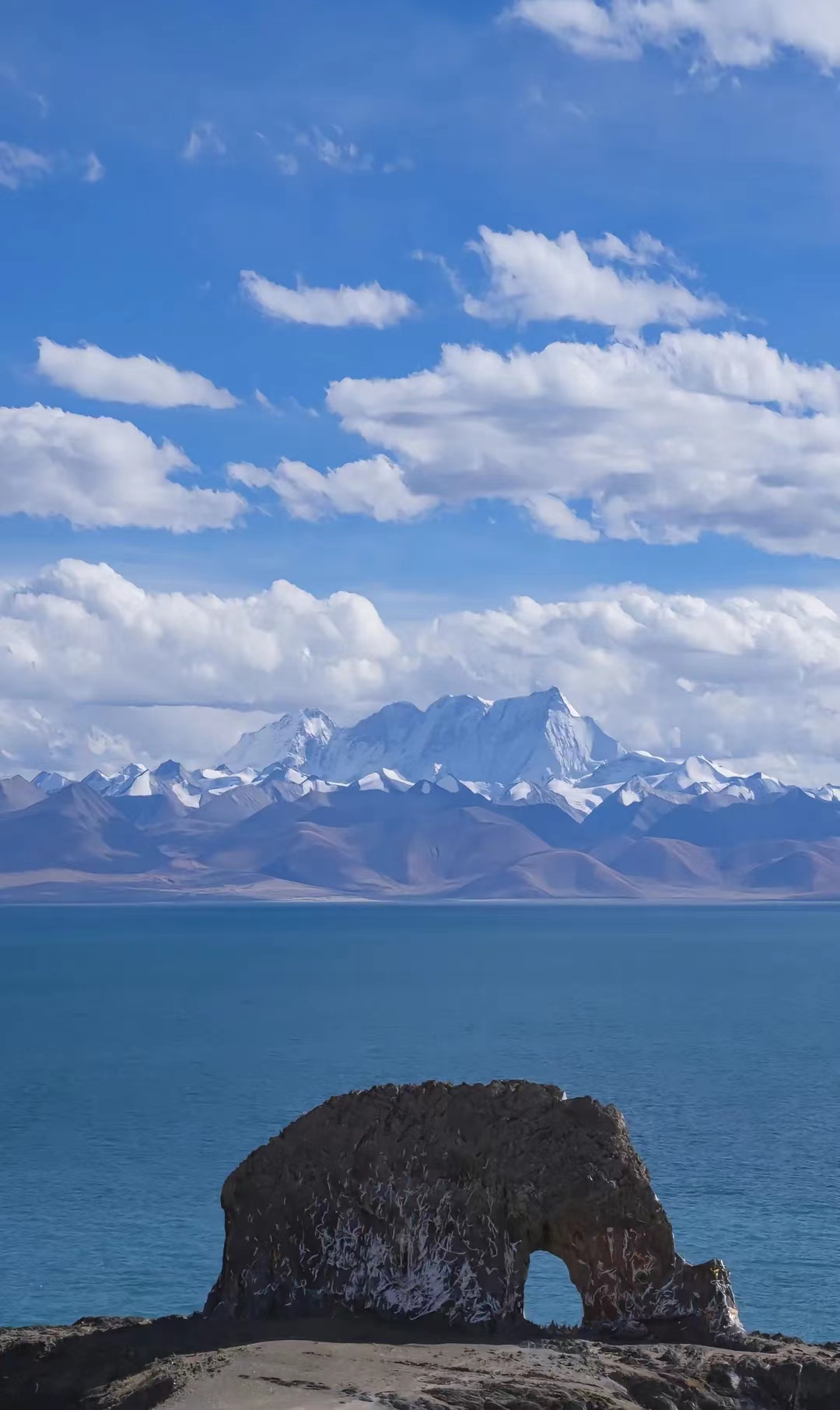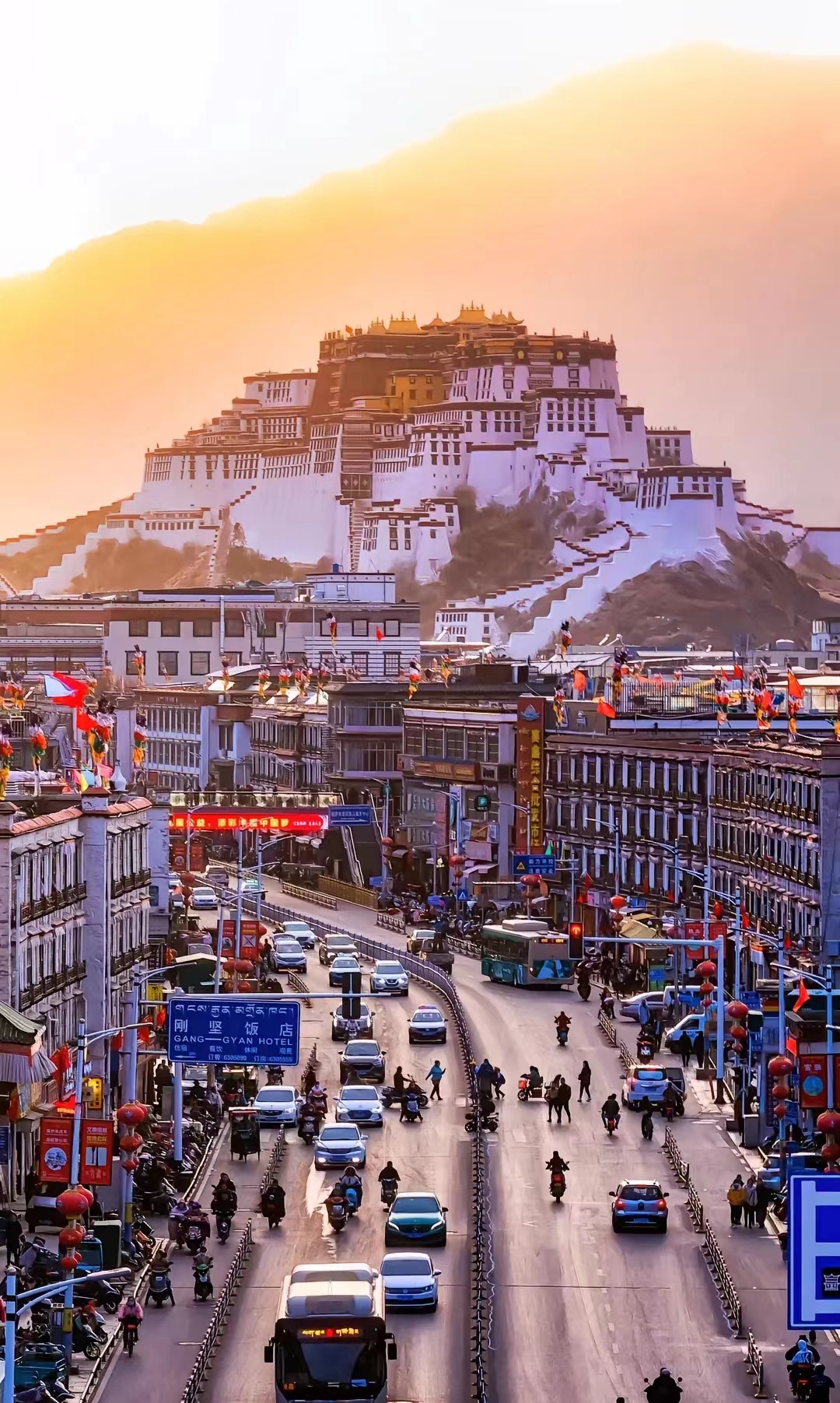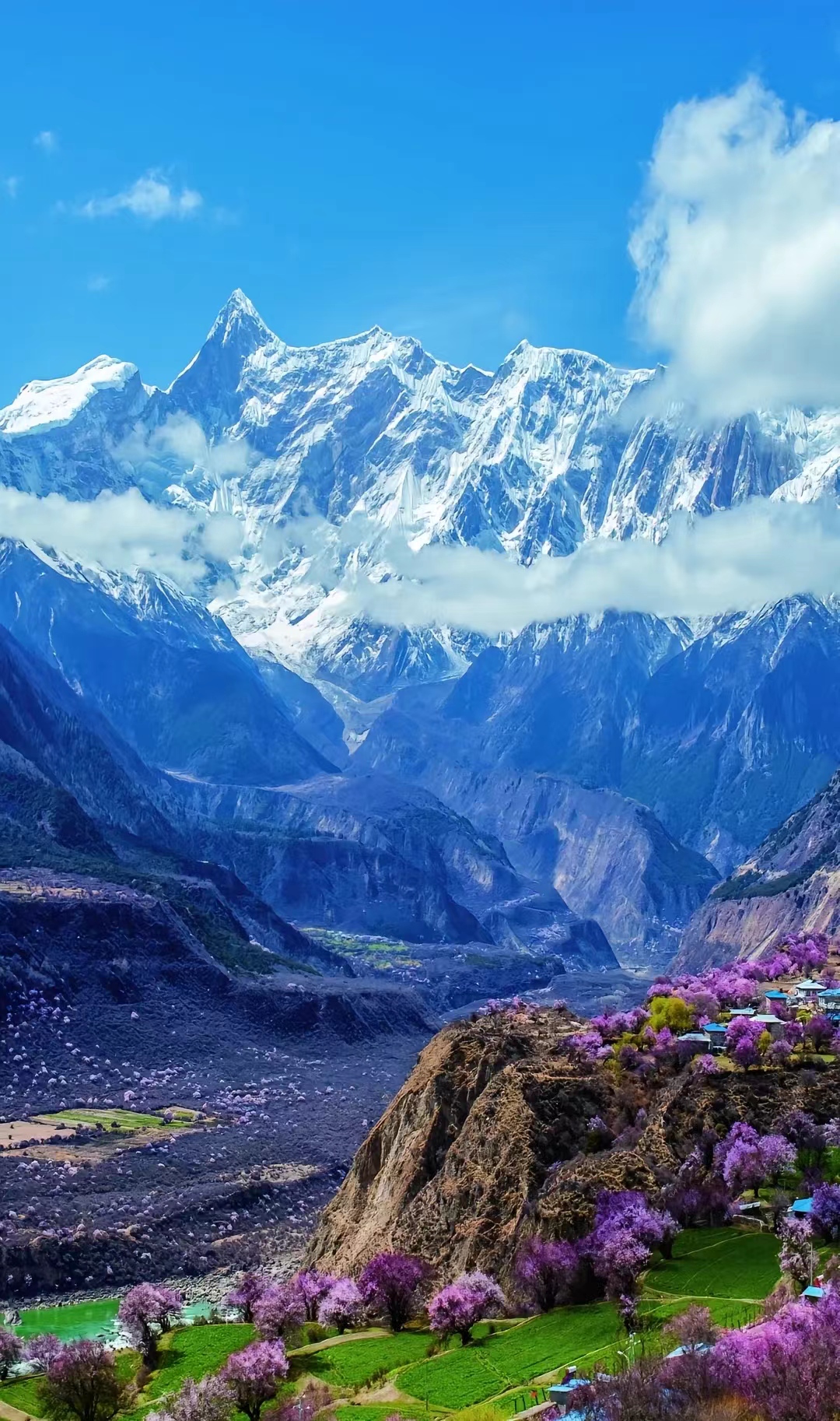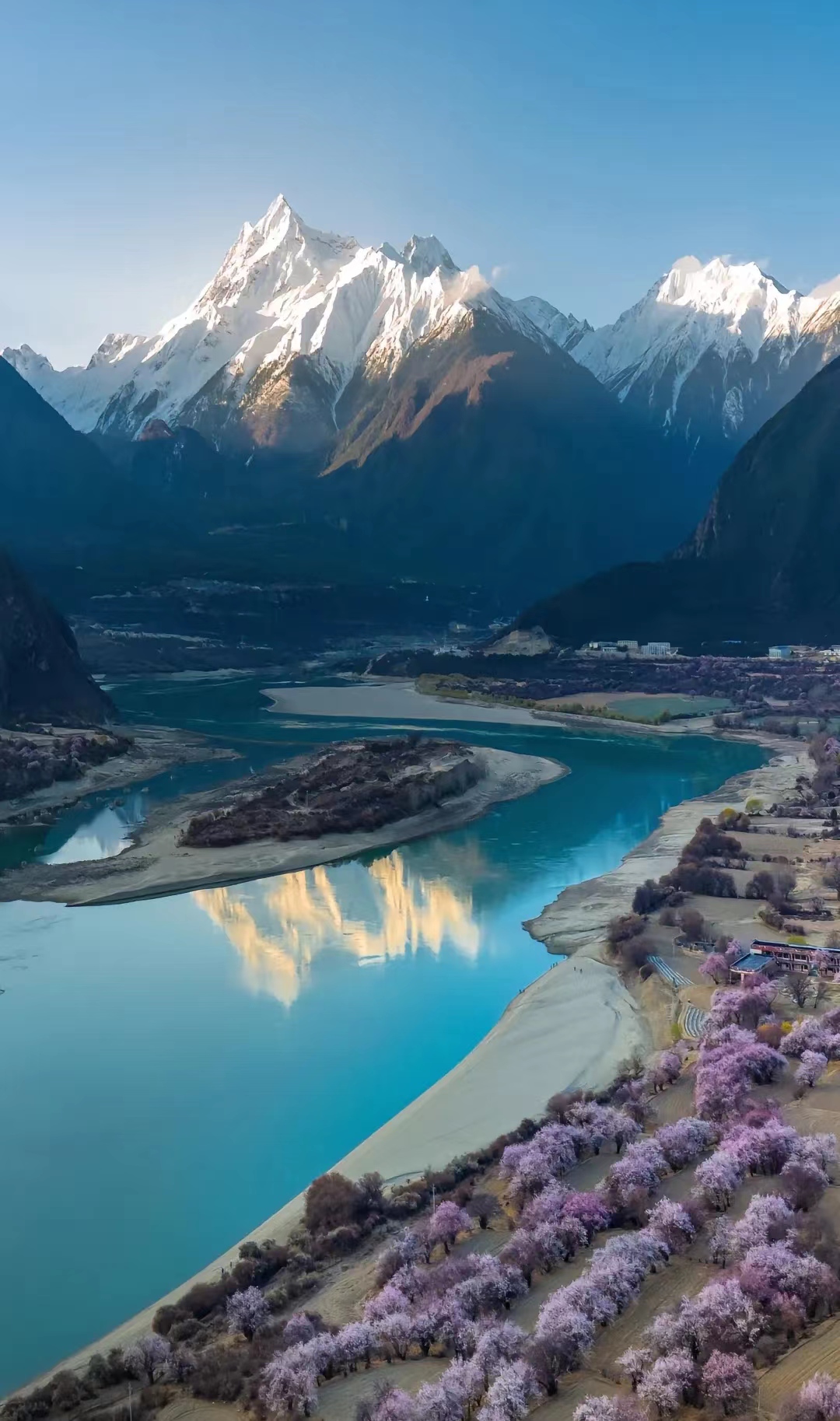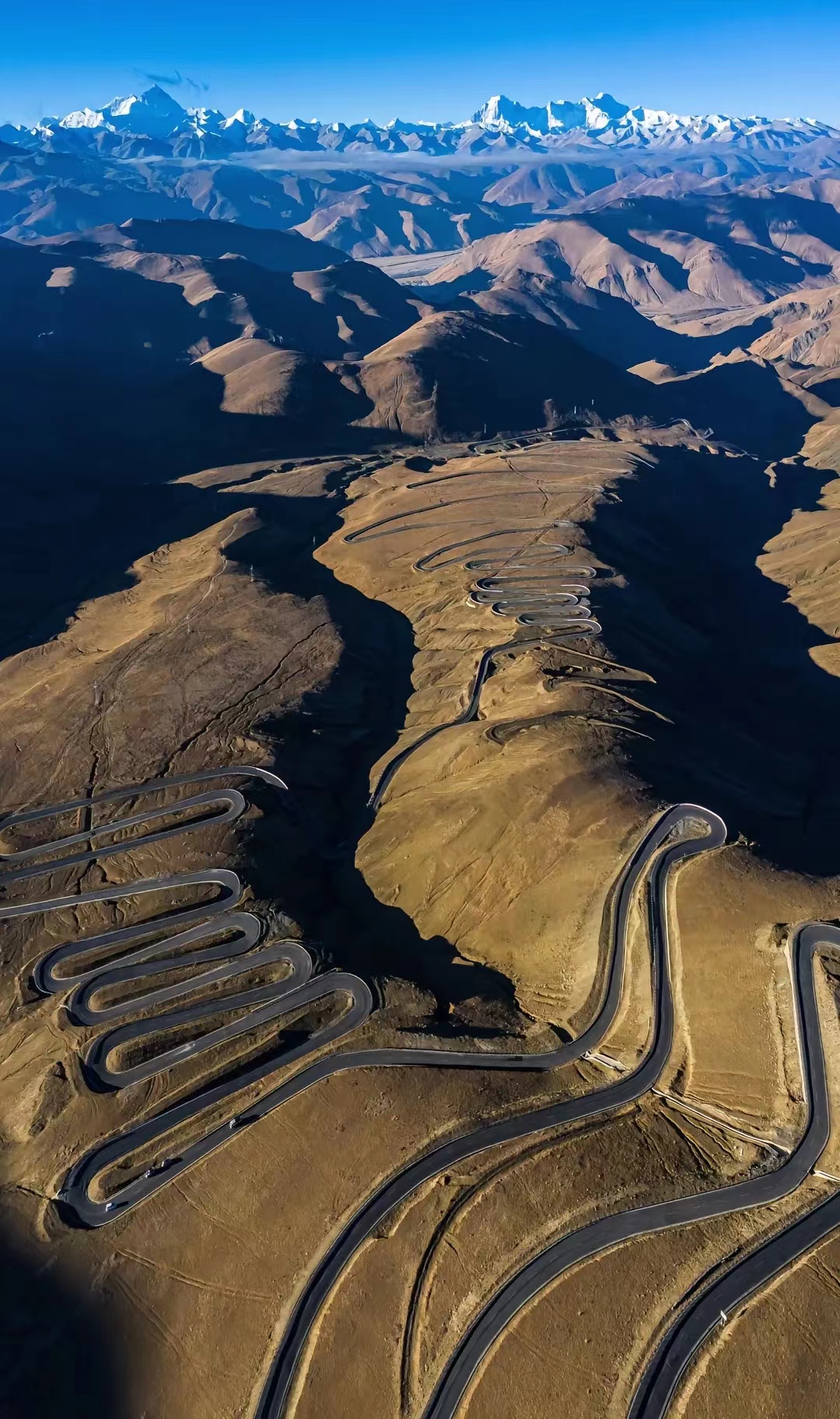
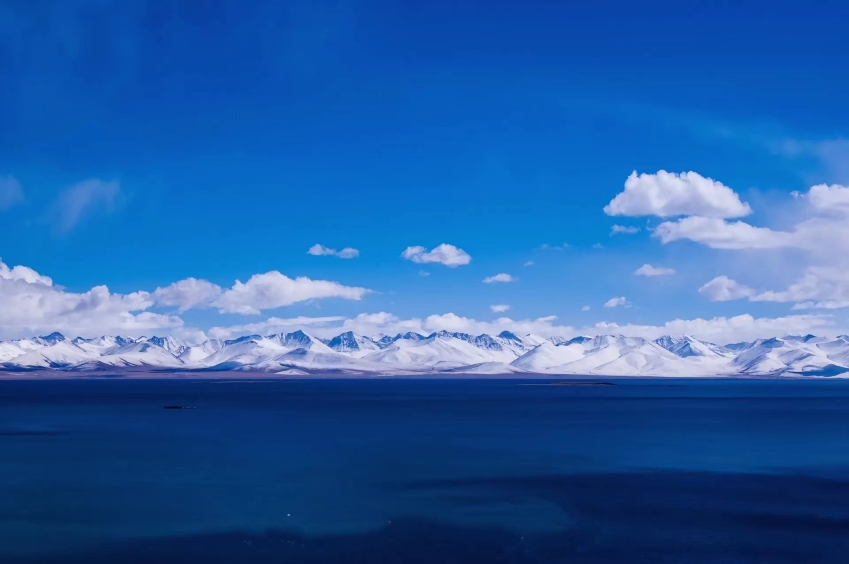
Discover Tibet’s Wonders: Culture, Nature & Beyond
The Potala Palace, a UNESCO World Heritage Site, is located in central Lhasa on Marpori Hill. It was originally built in the 7th century by King Songtsen Gampo and later reconstructed in the 17th century. The palace serves as a historic symbol of Tibetan Buddhism and was the winter residence of the Dalai Lama. Visitors can explore its sacred chapels, climb the 13-story structure, and admire priceless murals and scriptures. Opening hours: 9:00 AM – 4:00 PM. Tickets are limited and require advance booking.
The Glacier Plateau offers a breathtaking view of Tibet’s snow-capped peaks and expansive alpine scenery. Popular spots include the Karola Glacier and Mount Nojin Kangsang. Ideal for trekking and photography, this region also provides insight into the fragile high-altitude ecosystem. Travelers are advised to bring warm clothing and acclimate to the altitude before visiting. Best travel season: May to October.
Tibet is home to some of the world’s most beautiful lakes, including Yamdrok Lake, Namtso Lake, and Manasarovar Lake. These freshwater lakes are known for their crystal-clear waters and spiritual significance in Tibetan culture. Visitors can enjoy serene reflections, local folklore, and rare wildlife sightings. Ideal for day trips, meditation, or camping under the stars. Be mindful of environmental protection regulations.
Explore the Stunning Scenery of Qianxun Tibet

108 turns on the road to Mount Everest
Known as the "Zigzag Road", these 108 turns offer stunning views of the Himalayas. The winding path leads to the Everest Base Camp. Drive with caution and prepare for altitude.
Explore Tibet's Most Breathtaking Views
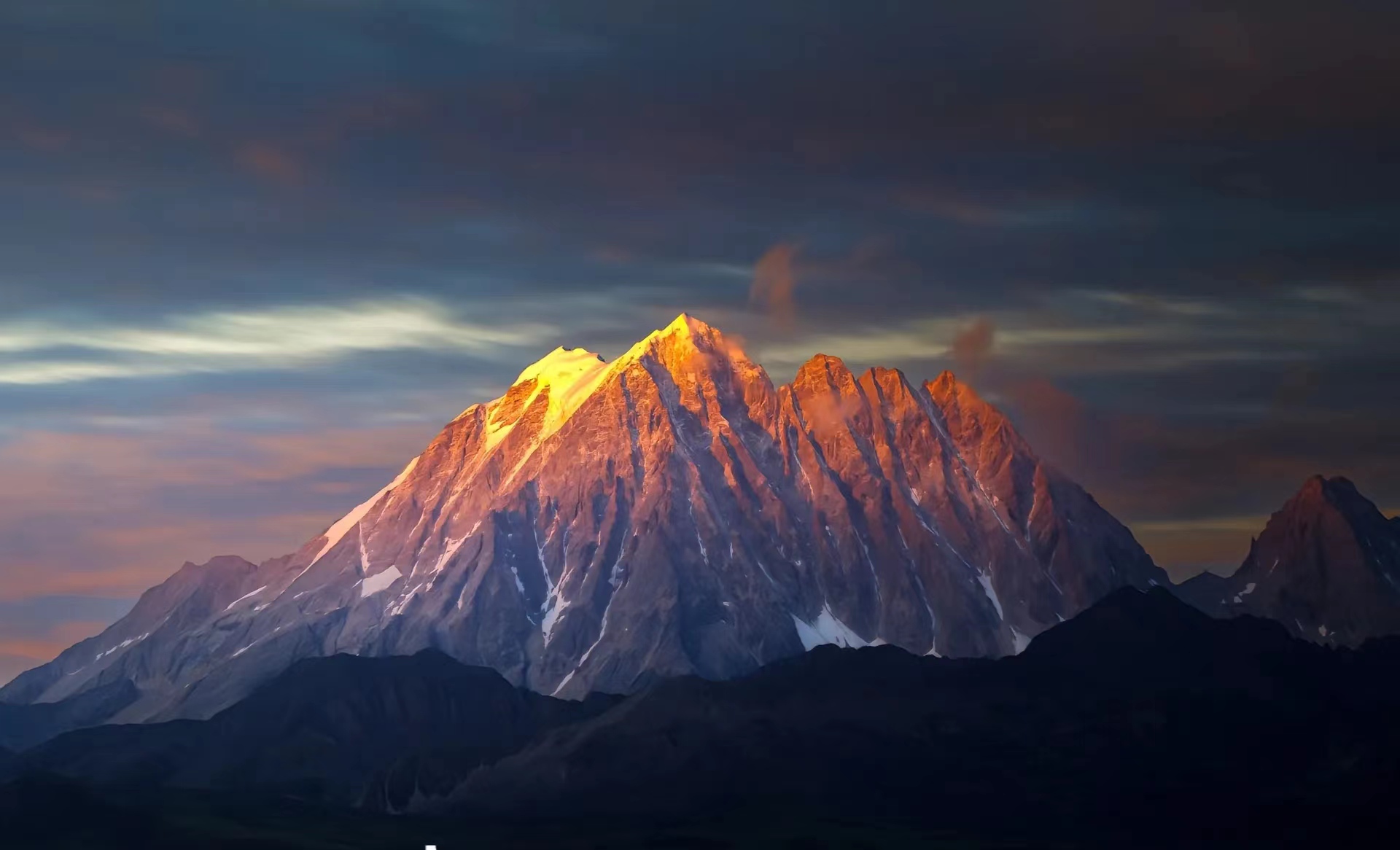
Witness golden-hour magic across the Tibetan Plateau. When sunlight hits the snow-capped peaks, it creates a stunning golden glow. Ideal for sunset viewing and time-lapse photography. Recommended location: Nyingchi Valley. Tip: Visit Nyingchi Valley for the best views.
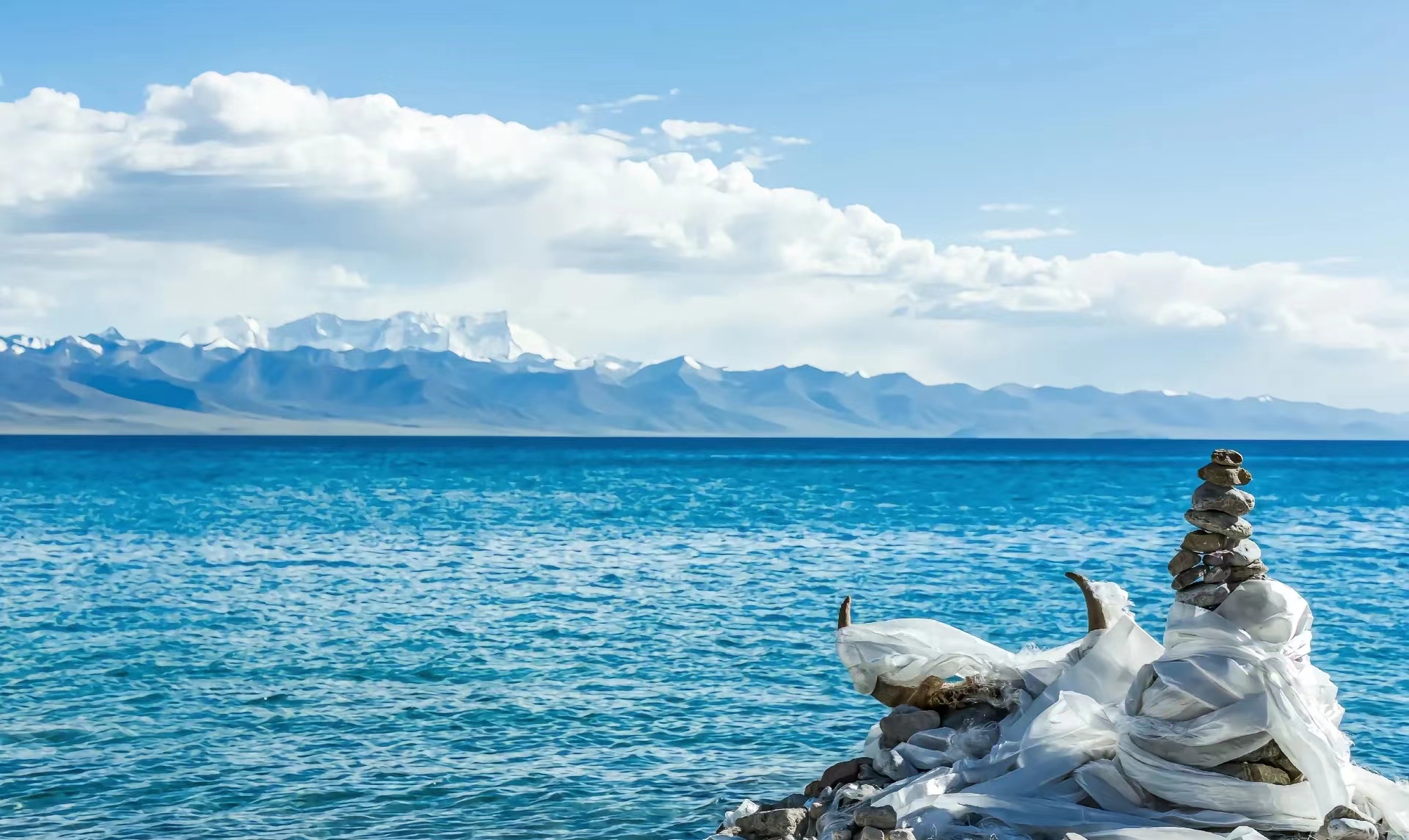
Namtso Lake transforms into a snow-white wonderland during winter. Located 4,718 meters above sea level, it is one of Tibet’s sacred lakes. The combination of frozen waters and endless snowy peaks is ideal for nature lovers and trekkers.
Altitude: 4,718 meters.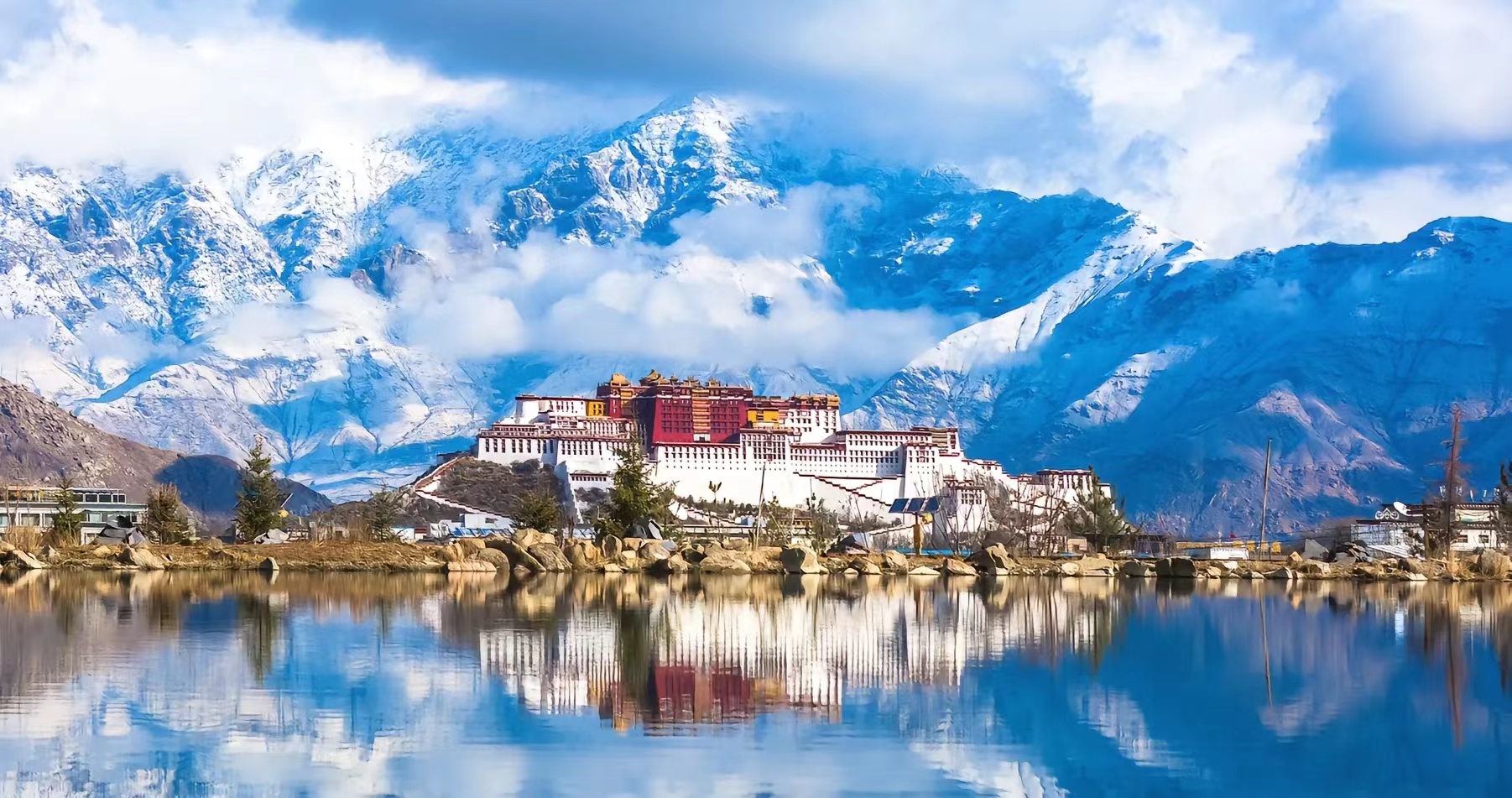
The Potala Palace, located in Lhasa, Tibet, is one of the most iconic landmarks in China. Its striking red and white structure stands against the Himalayas, offering a perfect backdrop for photography. Best time to visit: May to October. Don’t miss the stunning sunrise view from Chakpori Hill. Best time to visit: May to October.

Witness golden-hour magic across the Tibetan Plateau. When sunlight hits the snow-capped peaks, it creates a stunning golden glow. Ideal for sunset viewing and time-lapse photography. Recommended location: Nyingchi Valley. Tip: Visit Nyingchi Valley for the best views.

Namtso Lake transforms into a snow-white wonderland during winter. Located 4,718 meters above sea level, it is one of Tibet’s sacred lakes. The combination of frozen waters and endless snowy peaks is ideal for nature lovers and trekkers.
Altitude: 4,718 meters.
The Potala Palace, located in Lhasa, Tibet, is one of the most iconic landmarks in China. Its striking red and white structure stands against the Himalayas, offering a perfect backdrop for photography. Best time to visit: May to October. Don’t miss the stunning sunrise view from Chakpori Hill. Best time to visit: May to October.

Witness golden-hour magic across the Tibetan Plateau. When sunlight hits the snow-capped peaks, it creates a stunning golden glow. Ideal for sunset viewing and time-lapse photography. Recommended location: Nyingchi Valley. Tip: Visit Nyingchi Valley for the best views.

